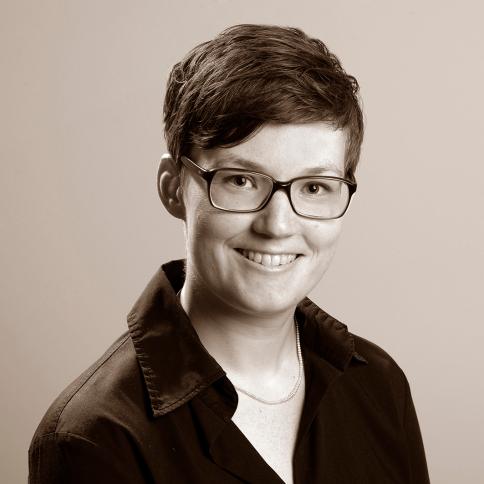© Universität Bielefeld
IKG Blog
Veröffentlicht am
21. November 2022
Kategorie:
Allgemein
PD. Dr. Anna-Lisa Müller new publication in "Preserving and Constructing Place Attachment in Europe"
PD Dr. Anna-Lisa Müller´s (IKG) research was part of a new publication: "Preserving and Constructing Place Attachment in Europe".
In this chapter she argues that place attachment in cities stems from constant (re-)negotiatons between individuals and groups in urban space and their interaction with the space’s materiality. Based on a case study from Darmstadt, Germany, she shows how citizens and urban materiality engage in a process of co-creating place attachment. Empirical data from autoethnographic observation and photographic documentation of the Georg-Büchner-Platz, a centrally located urban square in Darmstadt, highlight how people establish attachments to particular places in their environment by interacting with other people and the ambient materiality and how this very materiality serves as means to stabilise attachments to places and as means to re-frame local belonging and place attachment. The case study is evidence for the broader argument followed in this chapter that place attachment should be understood as dynamic over time and fundamentally intertwined with the material qualities of spaces and has the potential to contribute to social cohesion in an urban society.
Here to the chapter - access via university portal.
In this chapter she argues that place attachment in cities stems from constant (re-)negotiatons between individuals and groups in urban space and their interaction with the space’s materiality. Based on a case study from Darmstadt, Germany, she shows how citizens and urban materiality engage in a process of co-creating place attachment. Empirical data from autoethnographic observation and photographic documentation of the Georg-Büchner-Platz, a centrally located urban square in Darmstadt, highlight how people establish attachments to particular places in their environment by interacting with other people and the ambient materiality and how this very materiality serves as means to stabilise attachments to places and as means to re-frame local belonging and place attachment. The case study is evidence for the broader argument followed in this chapter that place attachment should be understood as dynamic over time and fundamentally intertwined with the material qualities of spaces and has the potential to contribute to social cohesion in an urban society.
Here to the chapter - access via university portal.
